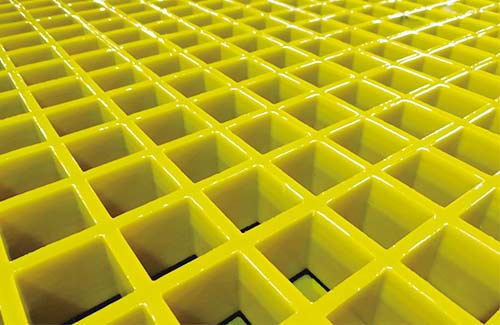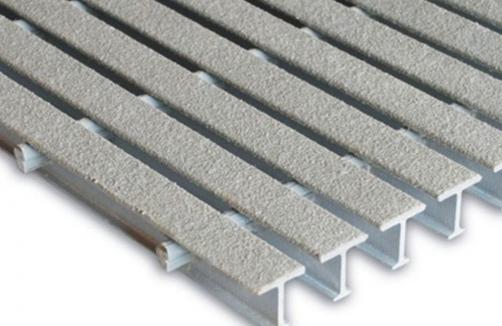Rejilla FRP para Pasarelas y Plataformas: La solución ideal para pasarelas y plataformas seguras y duraderas
Introducción
Footbridges and platforms are essential infrastructure elements in various industries, from construction and manufacturing to public utilities and marine environments. Ensuring their safety, durability, and longevity is paramount. Traditional materials like steel and concrete have long been used, but they come with limitations such as corrosion, heavy weight, and high maintenance costs. Fiber-Reinforced Polymer (FRP) grating has emerged as a superior alternative, offering unparalleled performance in demanding applications. But what makes FRP grating the ideal solution? Let’s explore the key benefits, common questions, and why it’s the preferred choice for modern footbridge and platform construction.
What Are the Advantages of FRP Grating Over Traditional Materials?

FRP grating is a composite material made from fiberglass and a polymer matrix, often reinforced with materials like carbon or aramid fibers. Unlike steel, which rusts, or concrete, which cracks, FRP grating offers several distinct advantages:
- Resistencia a la corrosión: FRP grating does not corrode, making it perfect for environments exposed to chemicals, saltwater, or harsh weather conditions.
- Ligero pero resistente: It is significantly lighter than steel but maintains high strength, reducing the load on supporting structures.
- Bajo mantenimiento: Unlike concrete or steel, FRP grating requires minimal maintenance, saving time and money in the long run.
- Longevidad: FRP grating has a lifespan of 50+ years, outperforming traditional materials.
These benefits make FRP grating a cost-effective and sustainable choice for footbridge and platform applications.
Is FRP Grating Safe for Footbridge Applications?
Safety is a critical concern when designing footbridges. FRP grating addresses this concern through:
- Superficies antideslizantes: Many FRP grating products come with textured surfaces to prevent slips and falls, even when wet.
- Even Load Distribution: The open-grid design ensures even weight distribution, reducing the risk of buckling.
- Impact Resistance: FRP grating can withstand heavy loads and impacts without breaking or deforming.
Studies and real-world applications have consistently shown that FRP grating meets or exceeds safety standards for pedestrian and light vehicular traffic.
How Does FRP Grating Compare in Terms of Cost?
One of the most common questions about FRP grating is its cost compared to traditional materials. While the initial investment may be higher, the long-term savings are substantial:
- Reduced Installation Costs: FRP grating is lighter and easier to transport, lowering labor and shipping expenses.
- Lower Maintenance Costs: With no rust or cracking, there’s no need for frequent repairs or coatings.
- Extended Lifespan: The durability of FRP grating means fewer replacements over time.
For many projects, the total cost of ownership (TCO) of FRP grating is significantly lower than steel or concrete.
Why Choose FRP Grating for Platform Applications?
Platforms, especially in industrial settings, require materials that can handle heavy equipment and constant foot traffic. FRP grating excels in this regard:
- High Load Capacity: It can support heavy loads without sagging or losing integrity.
- Resistencia química: Ideal for platforms near chemical storage or processing areas.
- Personalizable: FRP grating can be molded into various shapes and sizes to fit specific design requirements.
These features make it the go-to choice for industrial platforms, mezzanines, and loading docks.
Shareable Insights: Why FRP Grating is the Future of Footbridge and Platform Construction
If you’re involved in infrastructure projects, consider these key takeaways:
– Sostenibilidad: FRP grating is made from recyclable materials and reduces environmental impact.
– Versatilidad: It’s suitable for a wide range of applications, from pedestrian bridges to marine walkways.
– Compliance: Many FRP grating products meet international safety and building codes.
Sharing these insights with stakeholders can help drive the adoption of this innovative material.
Conclusión
FRP grating for walkways and platforms offers a safe, durable, and cost-effective solution for modern infrastructure challenges. Its resistance to corrosion, lightweight design, and low maintenance requirements make it superior to traditional materials. By addressing common questions and highlighting its benefits, it’s clear why FRP grating is the ideal choice for footbridge and platform applications. Whether for public use or industrial purposes, FRP grating ensures longevity and performance—making it a smart investment for any project.







